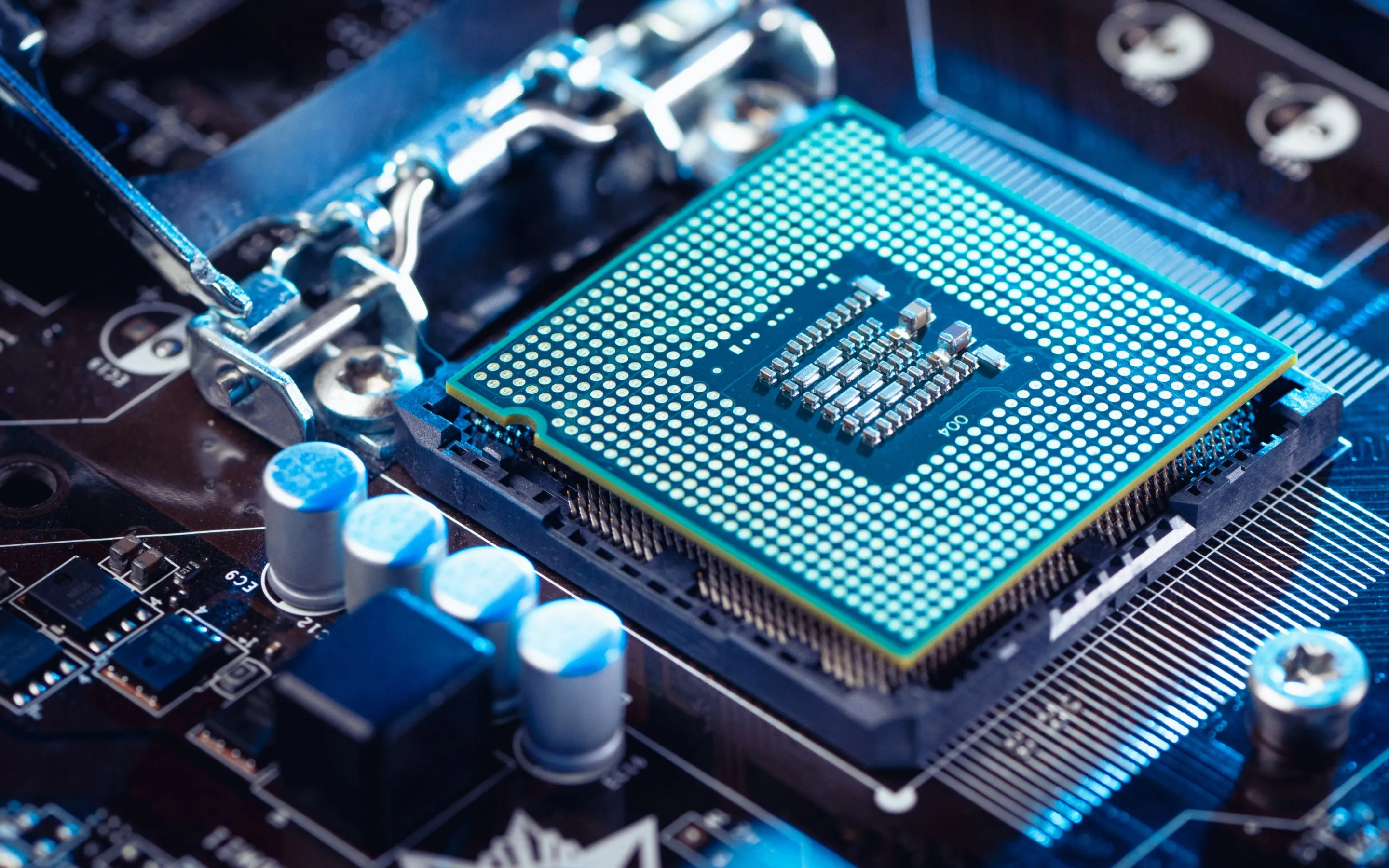TSMC’s Information Infrastructure: Securing the Future of Semiconductor Manufacturing
 Bhumika
Bhumika
In today’s digital age, semiconductors power everything from smartphones to AI supercomputers, making them one of the most critical technologies in the world. But have you ever wondered how the companies behind these tiny yet powerful chips protect their operations from cyber threats? With rising cybersecurity risks and increasing global semiconductor demand, securing the infrastructure behind chip manufacturing is more important than ever. Let’s explore how TSMC, the world’s leading semiconductor foundry, safeguards its advanced information infrastructure.
TSMC relies on a highly sophisticated Information Infrastructure to support its cutting-edge chip production. This includes AI-driven automation, high-performance computing (HPC), IoT-enabled fabrication equipment, and cloud-based data management systems. These assets streamline chip manufacturing, optimize supply chains, and ensure precision in semiconductor fabrication.
However, this infrastructure faces critical threats like cyber espionage, ransomware attacks, IoT vulnerabilities, and insider threats. To counter these, TSMC implements rigorous risk assessment measures, including threat modeling, penetration testing, impact analysis, and real-time security monitoring. Security controls such as Zero Trust access policies, AI-powered intrusion detection, and compliance with global cybersecurity standards (ISO 27001, ITAR, GDPR) ensure robust protection.
With the increasing global demand for semiconductors, safeguarding TSMC’s infrastructure is essential. As electronics and telecommunication engineers, understanding cybersecurity in chip manufacturing is crucial for securing future innovations in AI, IoT, and next-gen computing. What other security measures do you think TSMC should implement? Let’s discuss!
Subscribe to my newsletter
Read articles from Bhumika directly inside your inbox. Subscribe to the newsletter, and don't miss out.
Written by
